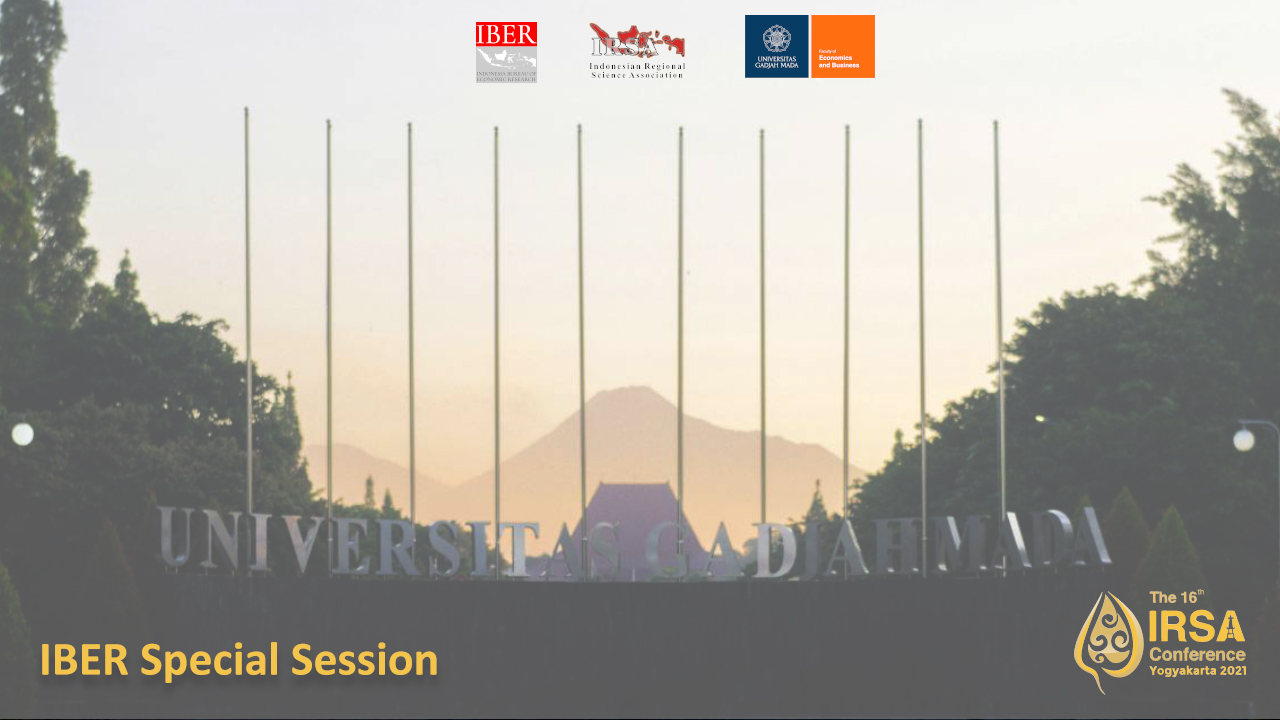Presenter: Isfandiarni S. Rosidin (VU Amsterdam)
Development of Indonesia has shown increasing outcomes while income inequality has also increased in recent years. From international perspectives, Indonesia is catching up in terms of per capita GDP while at the same time relatively low-income inequality compared to other countries. Despite the increasing inequality at the national level – the spatial variation of inequality across provinces is persistently decreasing over time. In contrast, variation in income inequality across Indonesia’s islands is increasing over the last decade – suggesting the existence of increasing spatial disparities along a geographical dimension.
From the individual perspective, we find that the rapidly increasing interpersonal inequality in Indonesia is mainly driven by strong income growth at the top of the income distribution – and this is true for all provinces and islands. Our results also show that the highest income classes in the relative poor provinces experienced a substantial higher income growth than the lowest income classes in the relative rich provinces. Together, these trends lead to the conclusion that on average the relatively poor provinces catch up to the relative rich provinces, while at the same time interpersonal inequality in Indonesia is rising at all levels of spatial aggregation – with individual income growth being strongly positively correlated to individual income level.
Having those pictures, we could not draw a strong conclusion on the relationship between the level of inequality and the level of per capita GDP whether inequality is perceived as good or bad in Indonesia. So, we apply non-linear model developed by Banarjee and Duflo (2003) to search the relationship between inequality and economic growth. Our findings suggest that past inequality exacerbates growth in the next period. This result is consistent under all specifications including after introducing quality of institution. This relationship shows an inverted U-shape. Quality of institution matters for per capita income and development growth, and it depends on the type of indicators i.e. budget efficiency exhibits opposite relationship with growth. District with good audit performance and local governance increases non-oil income growth.
These findings have several implications: (i) good institution alone could not boost growth; (ii) initial level of inequality is still required to increase growth together with good institution for certain period, (iii) inequality and institutional quality would affect economic growth depending on type of institutional quality indicators, (iv) different district requires different set of institutional quality, and (v) the role of economic development is important in determining growth. Our development indicators will grow as change in inequality increases but it will affect negatively after the inequality reach a certain point (the top of the curve). This could be inferred that an increasing inequality as a consequence of increasing level of development would affect growth of these development indicators at district level.
From a policy perspective, the government should anticipate the implication of rising inequality which could undermine economic growth and development outcomes in the future. Redistributive policy is necessary to maintain the change in inequality not exceed than -.92. In other words, reducing inequality should be carried out gradually.

